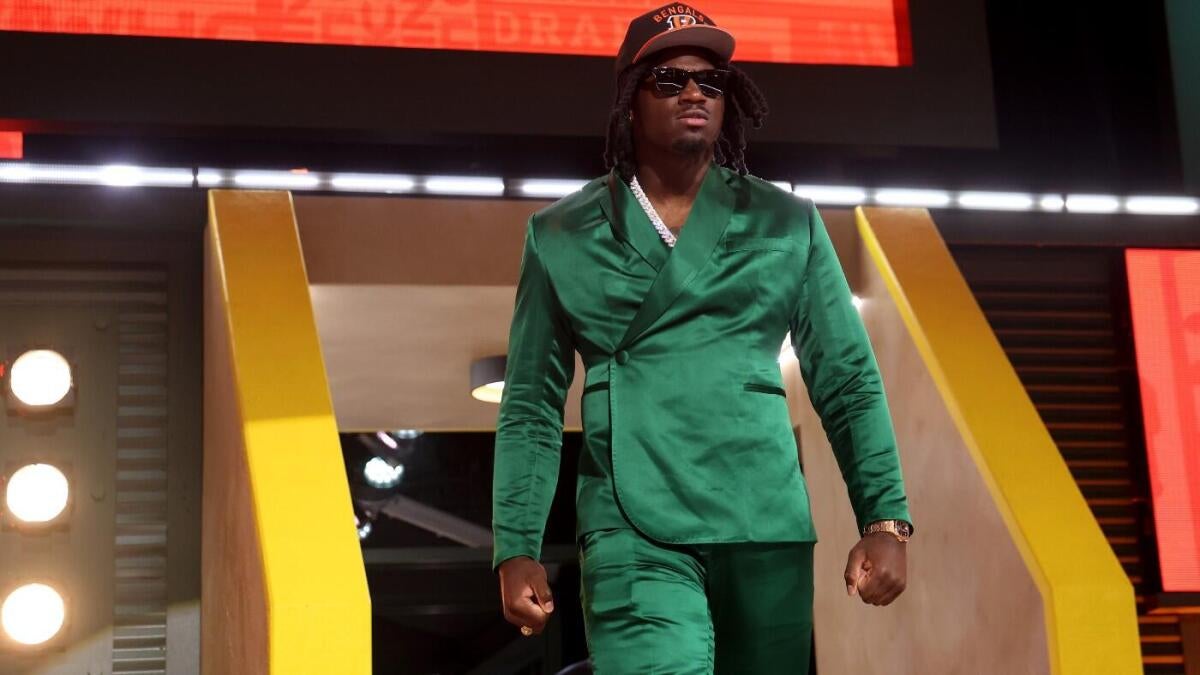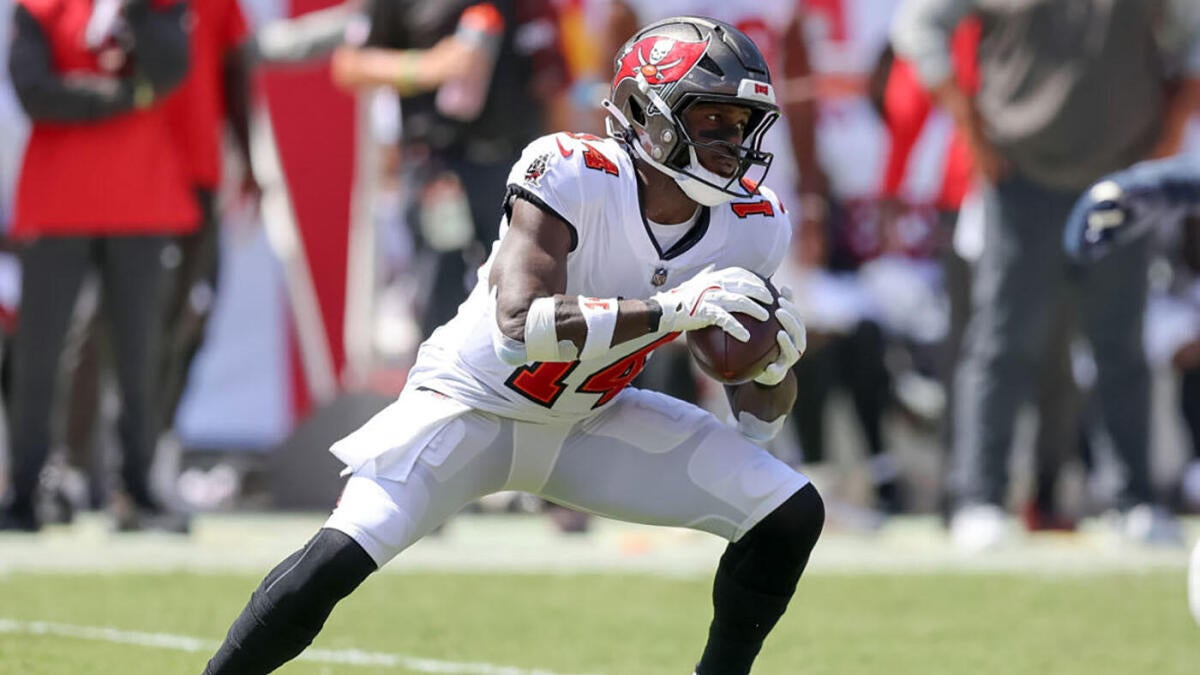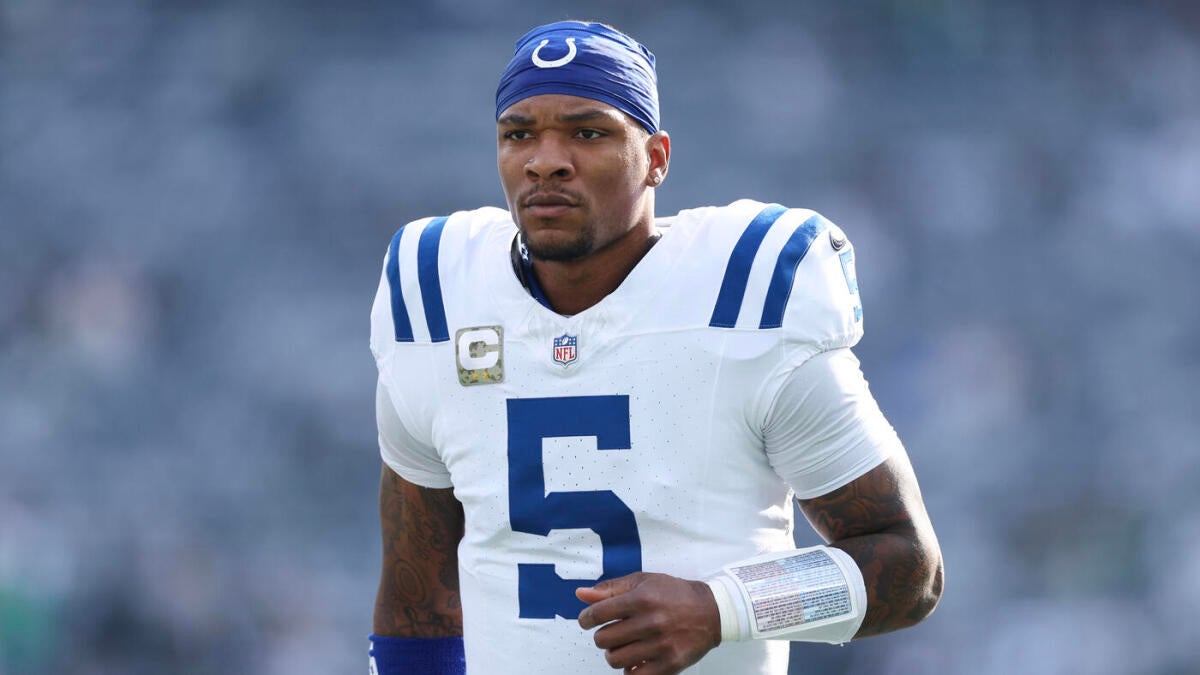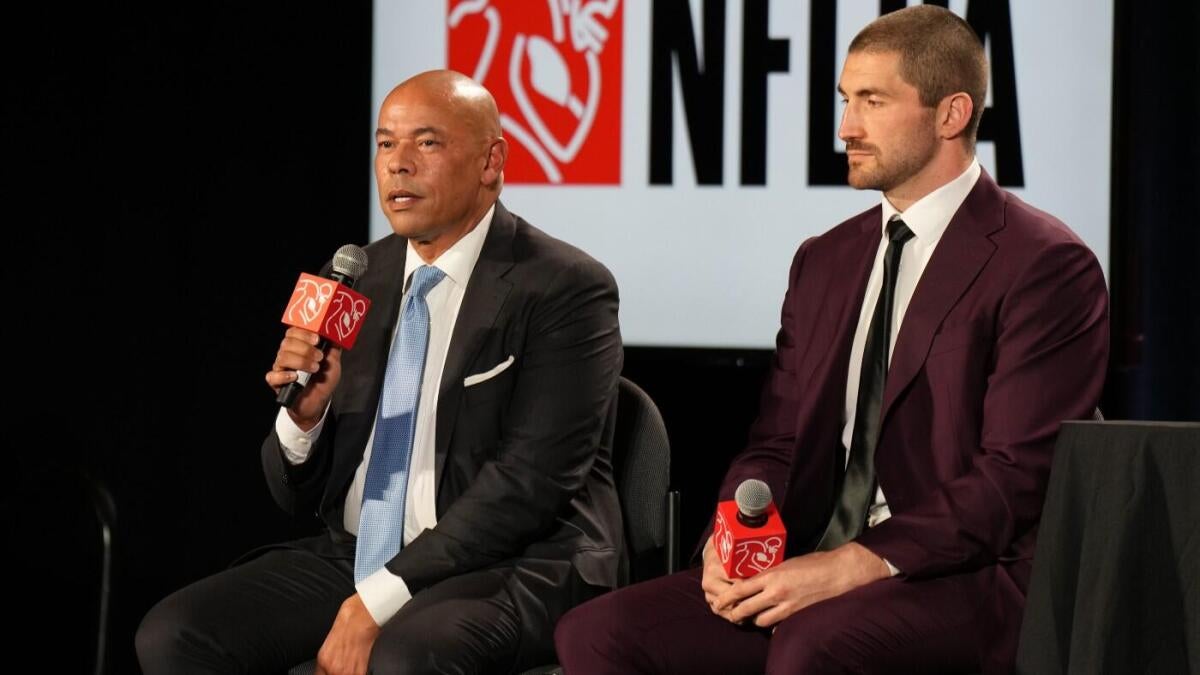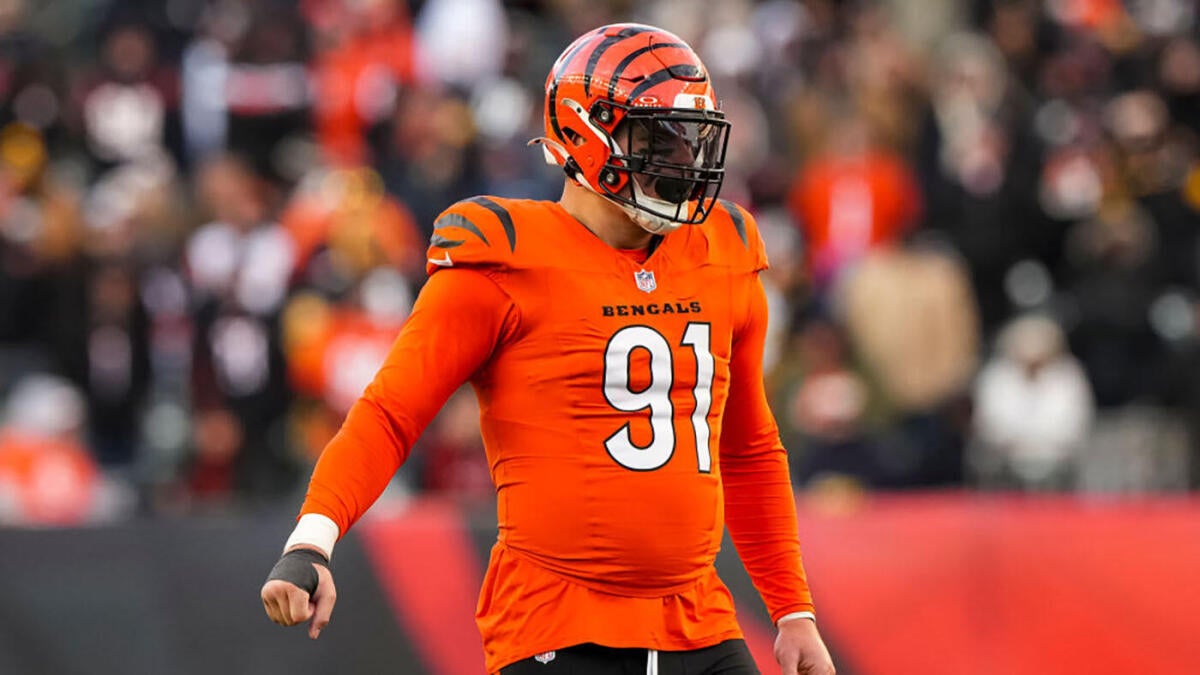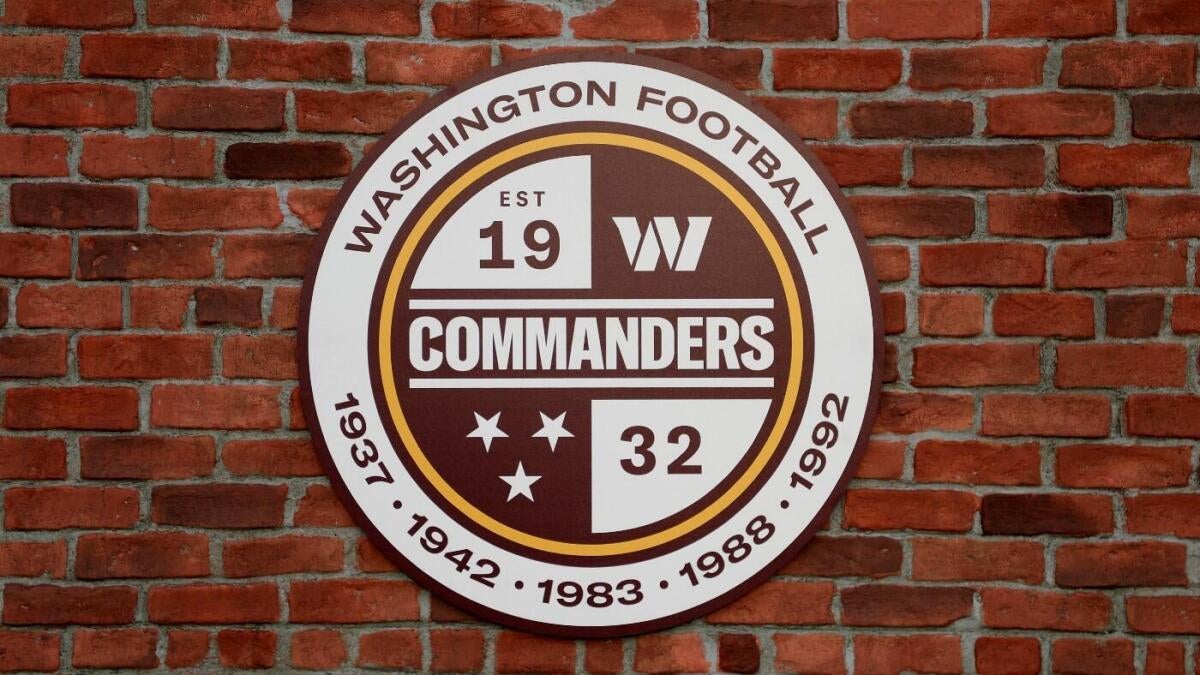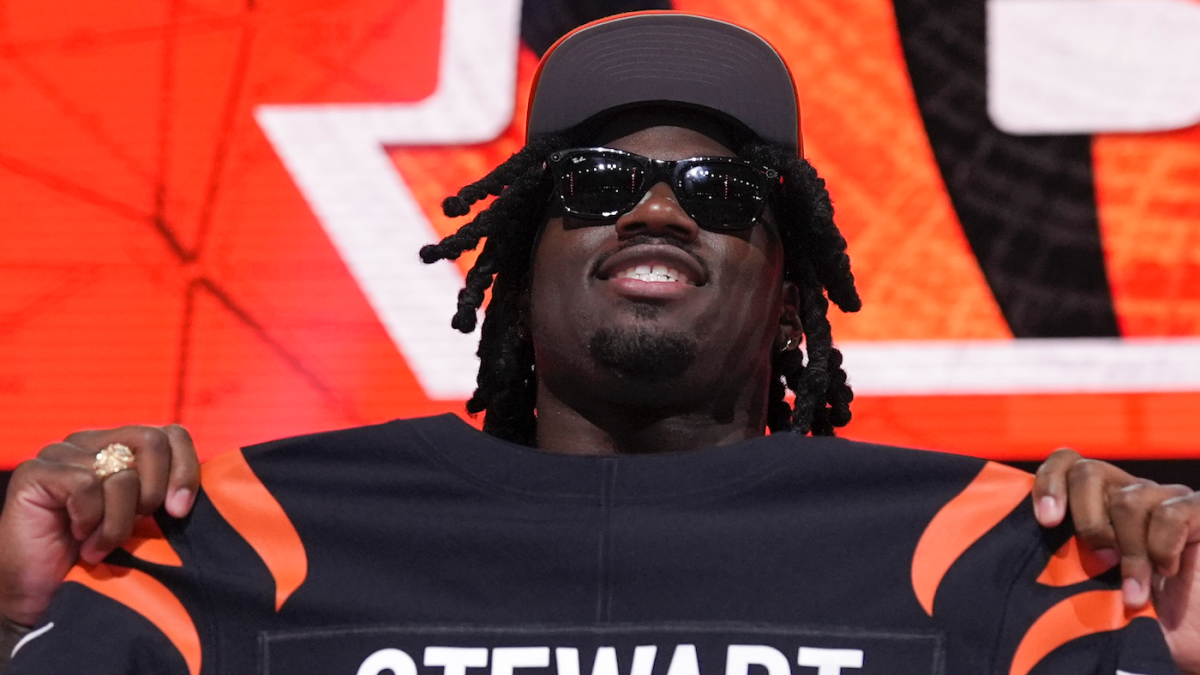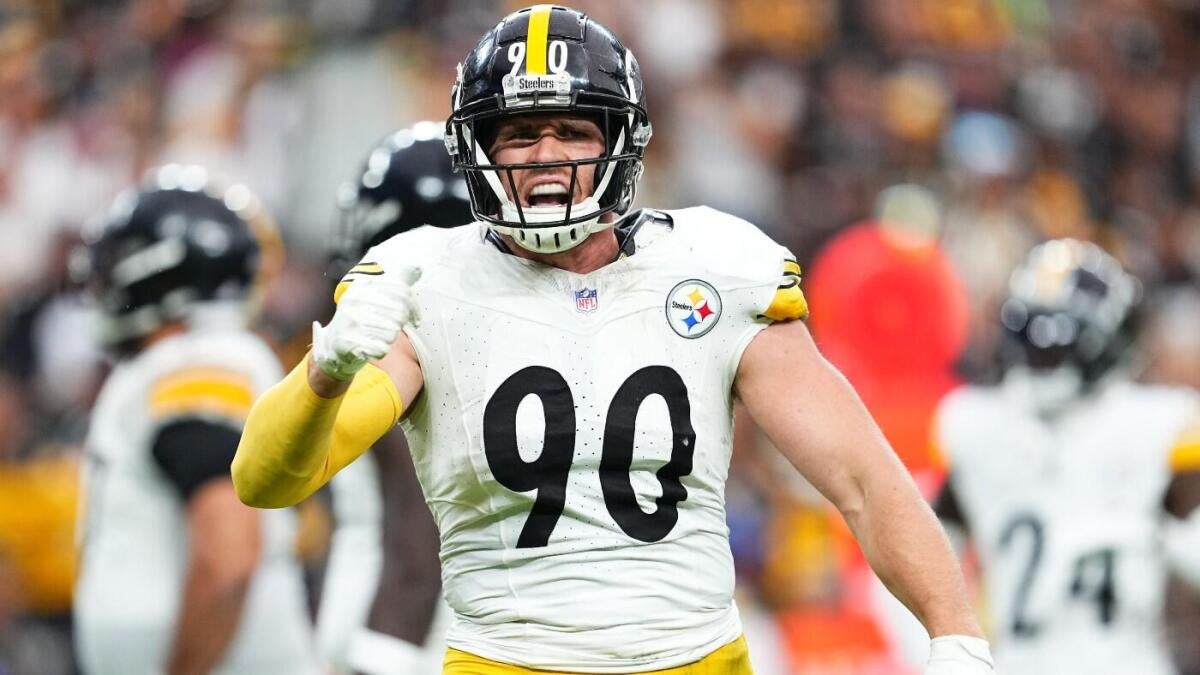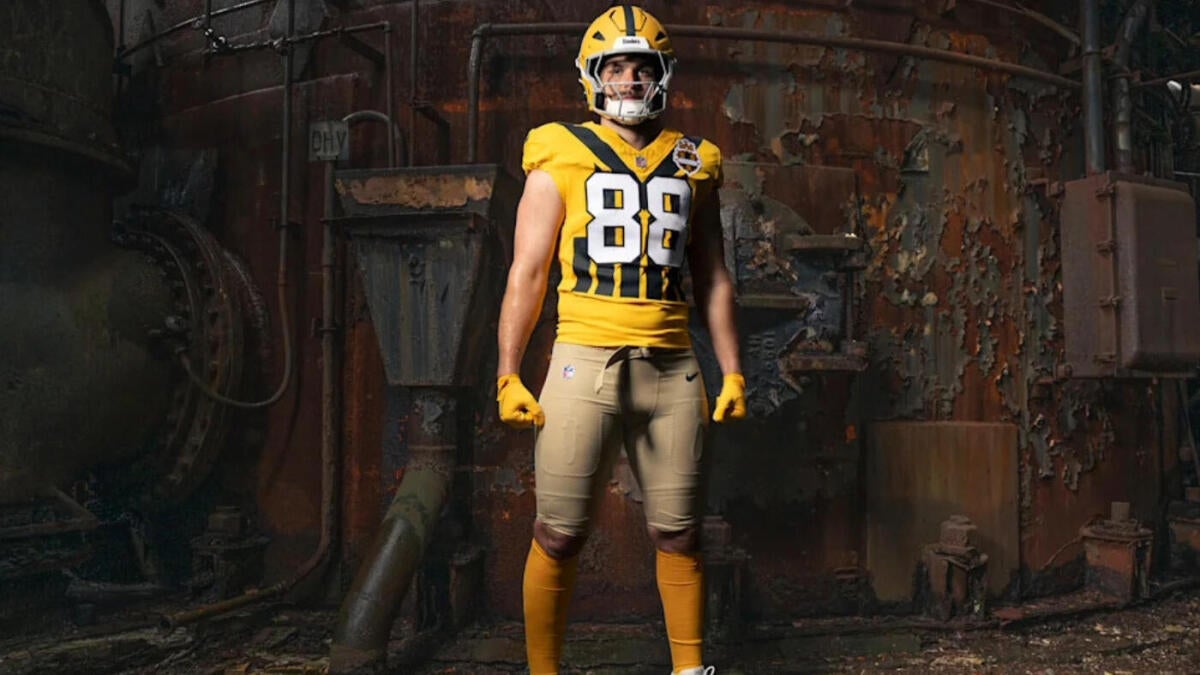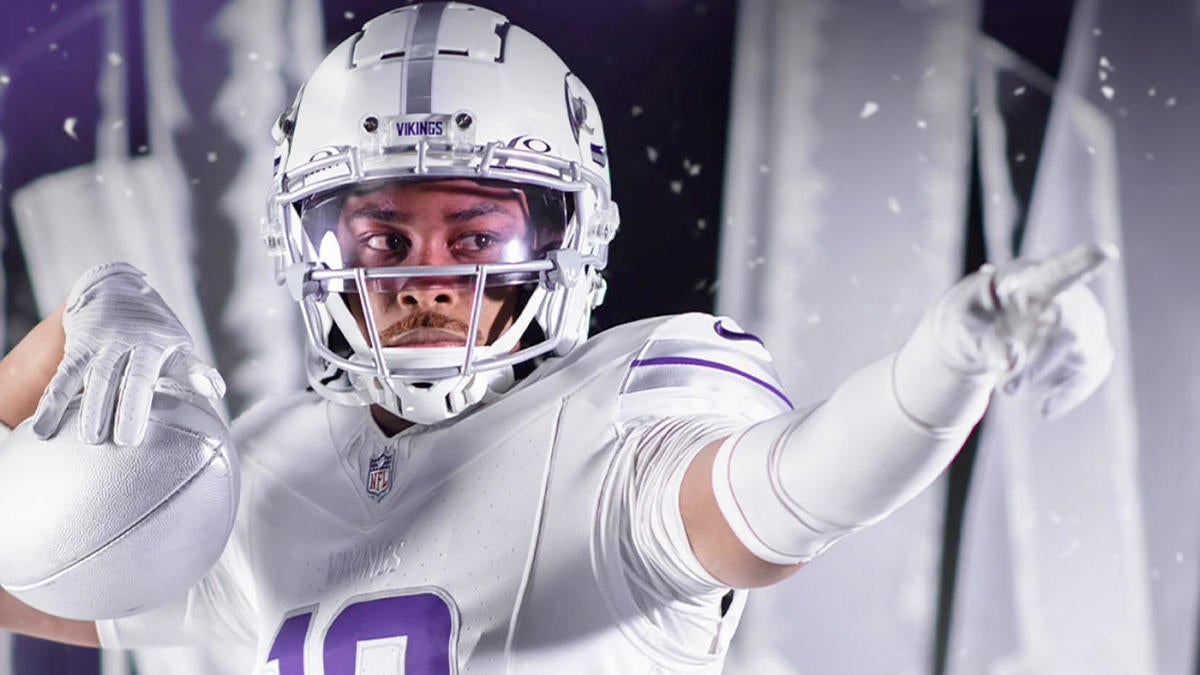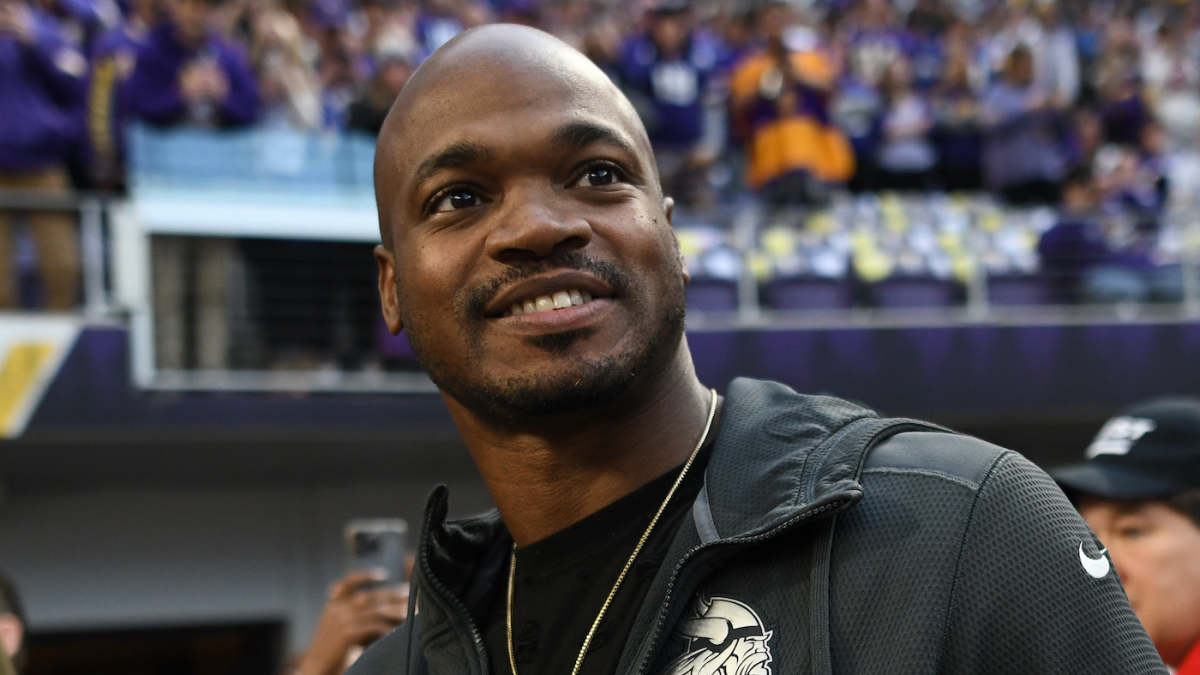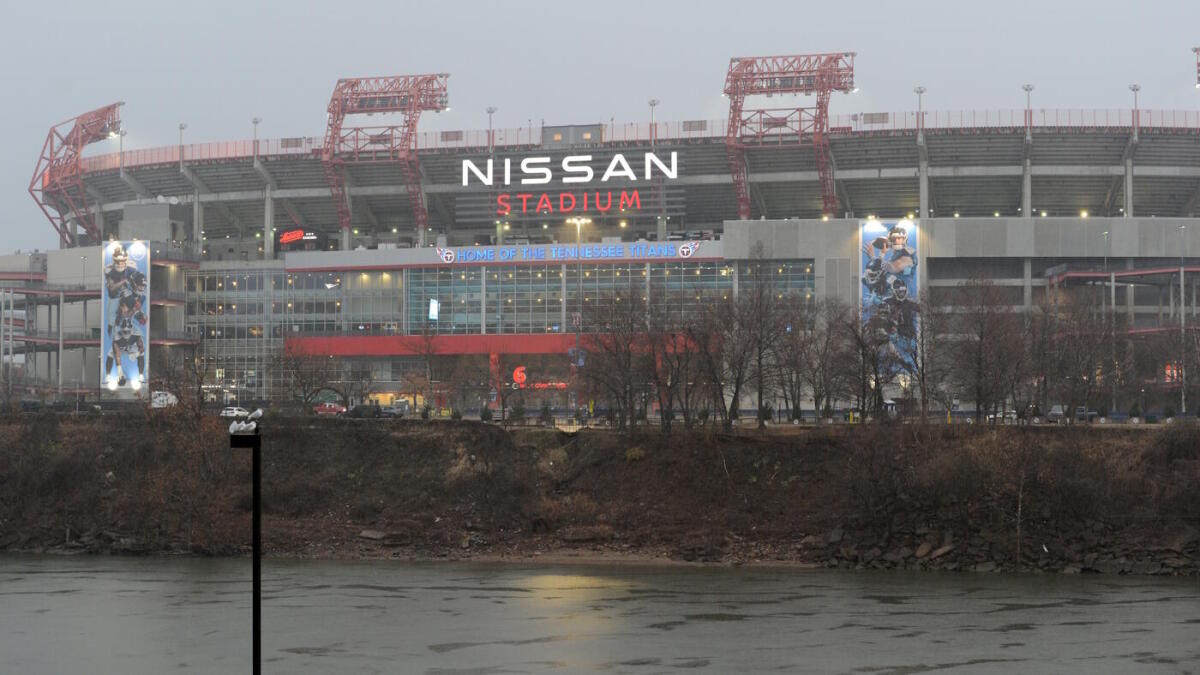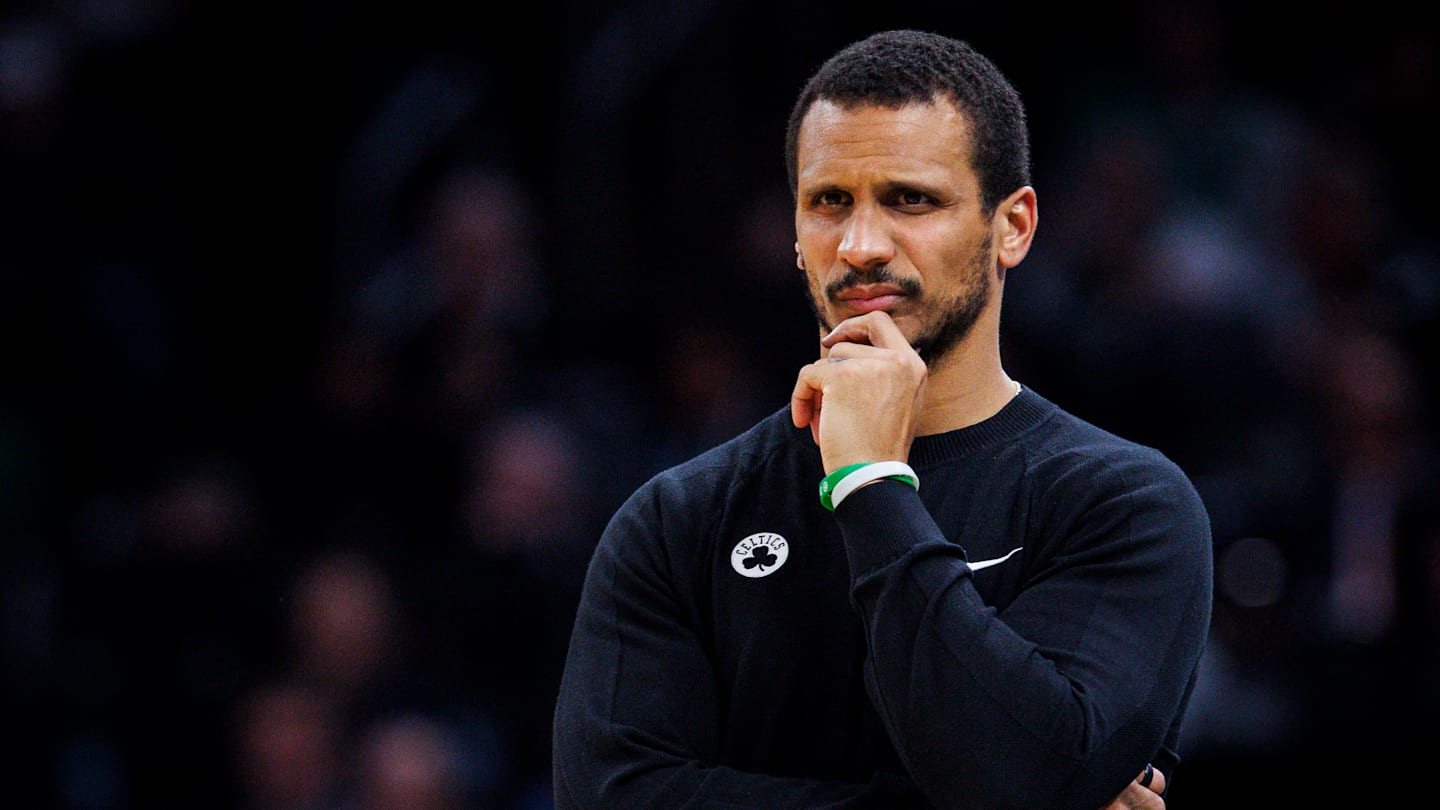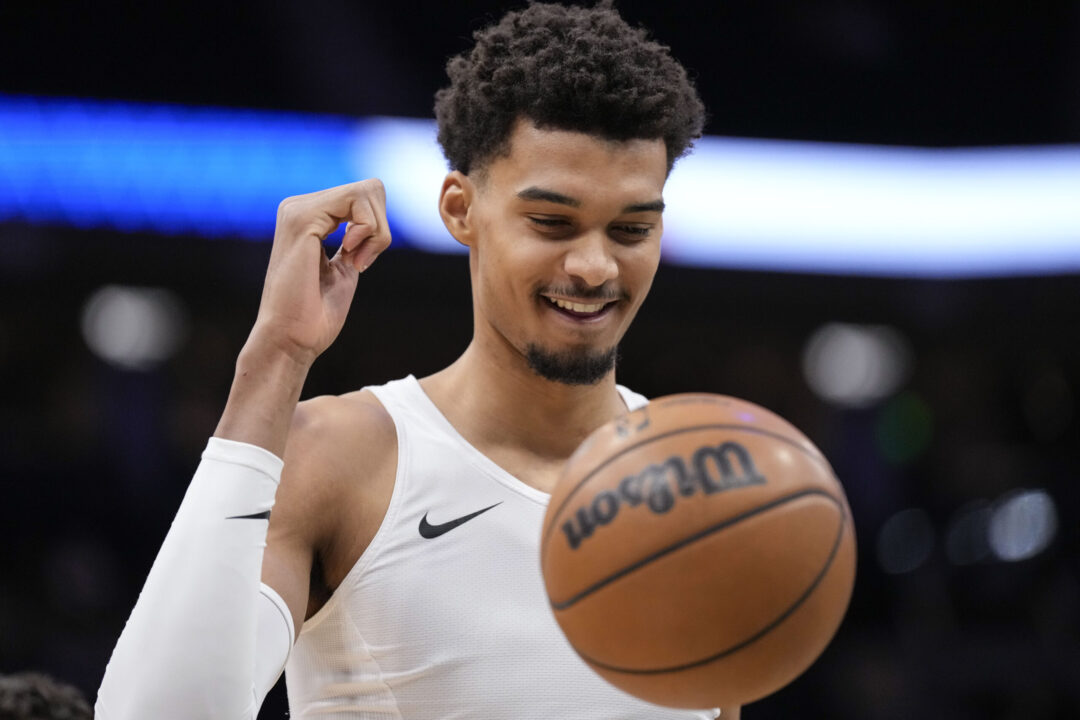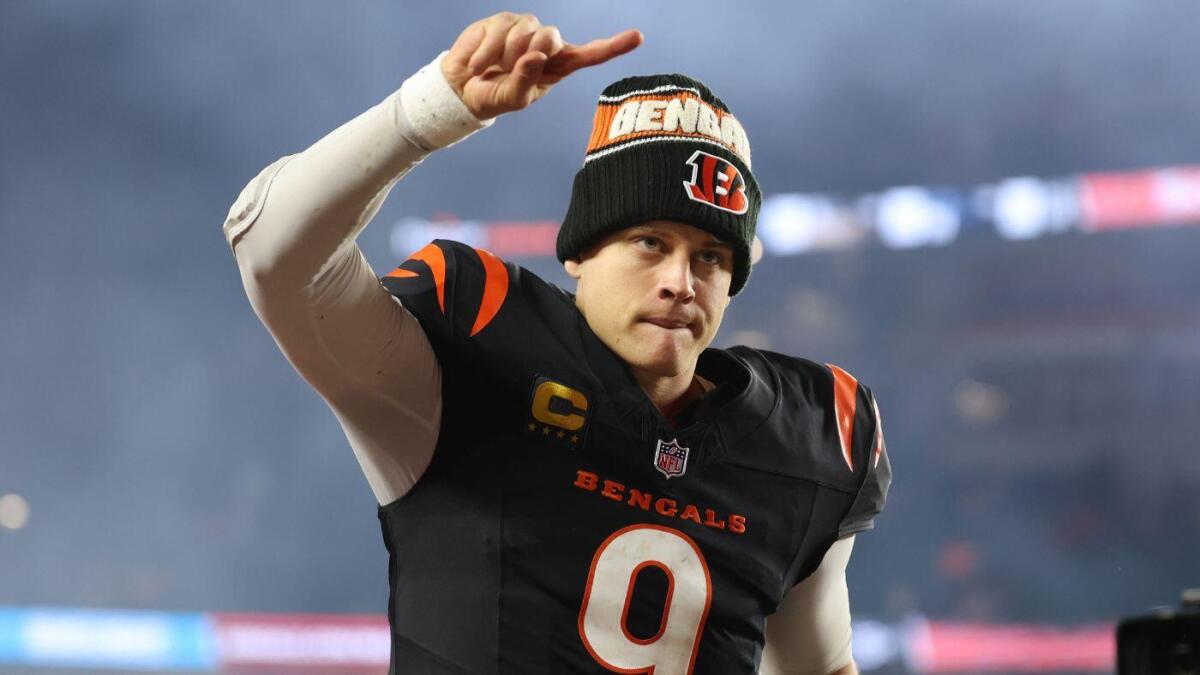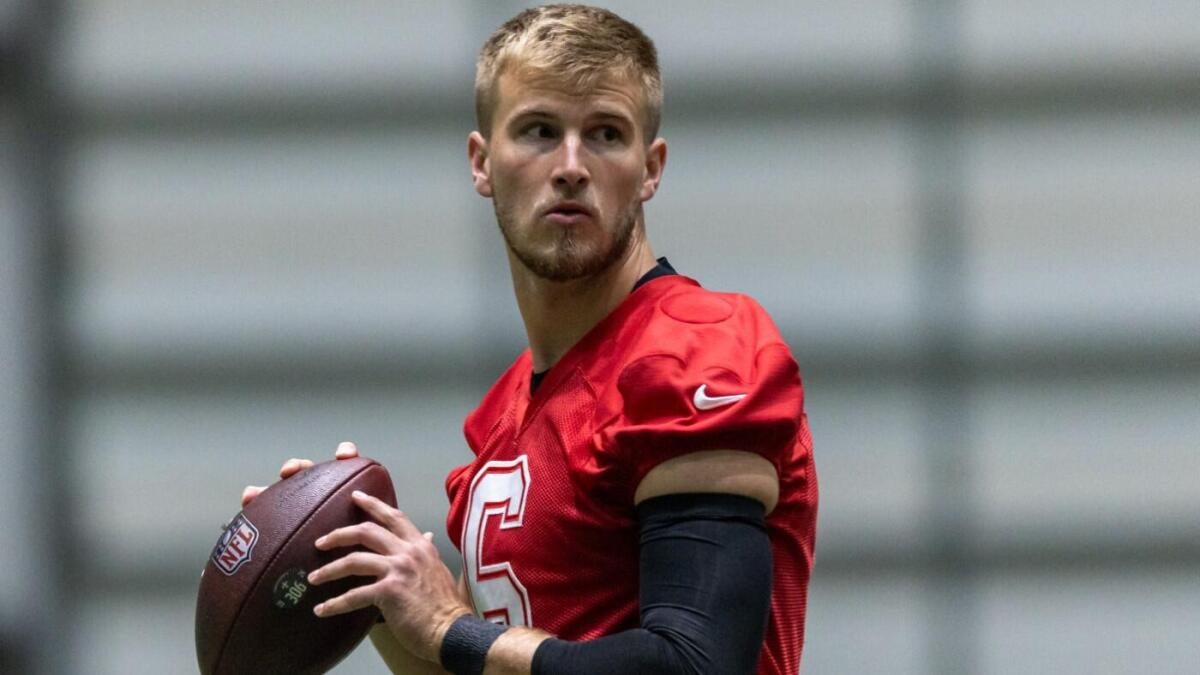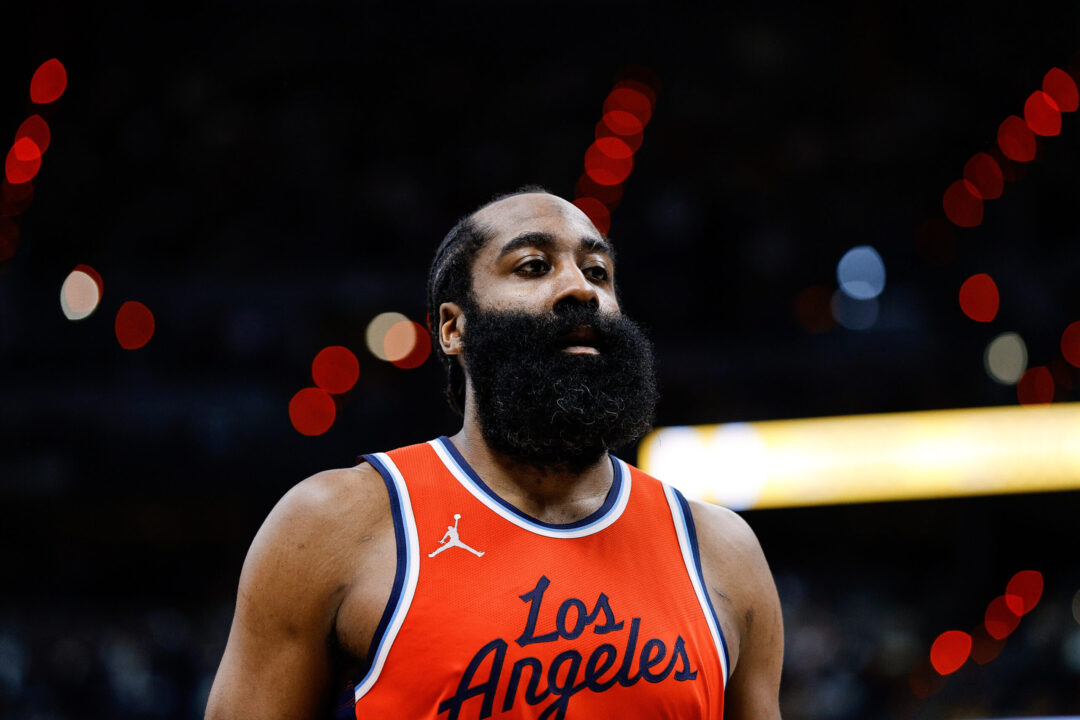
The NBA offseason is in full effect as free agency is ramping up and players are getting signed left and right. After the exciting Finals and the Draft, it is now the Summer League, and the youngsters are proving themselves worthy of that coveted roster spot. While the lottery pick rookies are as safe as they can be, other guys are still trying to carve up a spot to at least a 10 day contract down the line, or a two way contract where they would jump between the NBA and G-League. And as all of this is going on, fans continue to speculate about potential trades that could come this year, both during the offseason and at the start of the 2025/2026 season.
When speculating about who could be traded where and what would be the best fit for certain players, the stars are always the biggest interest factor. When a franchise player moves, an all-star, or better yet, the MVP, the whole landscape of the league changes. The power shift is felt, the power dynamic is different, and the season becomes much more interesting because of the anticipation and novelty. However, as these things happen from time to time, an even better thing to talk and fantasize about is the trades that almost happened, but ultimately did not. Every fan has that one dream scenario that was all but a done deal, only for it to fall through.
So in this article, we take a look back at some of the biggest “almost” trades, the “what ifs” and “would have beens” that would ensue, and what they would have brought. As we are gearing up for next season and thinking about which team did best during the offseason, a retrospective on some of the wildest, historic deals that failed is best done during the summer months. Make sure to also tune in to the summer league and place bets on your favorite NBA team early on, before the preseason starts, for a chance at huge payouts after the season’s end.
Chris Paul to the Lakers (2011)
The most infamous instance of a trade that would have changed legacies, careers, and franchises took place in 2011. After an embarrassment in the playoffs at the hands of the eventual champions Dallas Mavericks, the Lakers made a deal with the Charlotte Hornets. Chris Paul, the best point guard in the league, was to come to LA in a 3 team deal that would send Lamar Odom to the Hornets and Pau Gasol to the Rockets. Hornets would also get Kevin Martin, Luis Scola, Goran Dragic, and a 2012 1st round pick.
At the time, it was viewed as a win-win-win trade as all teams would get better in certain ways. However, even though the trade was done and the news broke, NBA Commissioner David Stern vetoed the trade, which he could do since he acted as the owner of the league run Hornets. He cited “basketball reasons” for the veto, i.e., an unfair advantage for the Lakers. LA missed out on forming a superteam with CP3 and prime Kobe Bryant. Paul then went to the Clippers and launched the “Lob City” era. Kobe and Paul would have surely won at least 1 title together.
Kobe Bryant to the Bulls (2007)
Following a disappointing 2004 Finals loss and two seasons without playoff success, Bryant and the Lakers were seemingly ready to part ways. He was to be traded to the Chicago Bulls for a package centered around Luol Deng, Tyrus Thomas, Ben Gordon/Joakim Noah, and picks. However, Kobe had a no trade clause and refused the deal because Deng would be gone, making the Bulls less competitive. Thankfully, LAL kept Kobe, added Pau Gasol, and won back to back titles in 2009 and 2010. Who is to say how much the Kobe led Bulls would have done, and if they would be bad enough to land the lottery pick that would become Derrick Rose a few years later?
Kevin Garnett to the Lakers (2007)
Before they managed to land Pau Gasol and establish a new dynasty, the Lakers wanted Garnett from the Timberwolves. One of the best two way players in the league and former MVP, he would be swapped for Andrew Bynum, Lamar Odom, and picks. Talks stalled and KG was concerned with Kobe’s future with the team and competitivenes if he left. He was then traded to Boston for Al Jefferson and others, and formed the Big Three with Pierce and Allen. Ironically, the Celtics beat the Lakers in the 2008 finals. Lakers would get their revenge though, in the 2010 finals. Bryant and Garnett would be an amazing duo to watch and probably a championship team in 2008. You can never know what will happen, but making predictions and betting on the NBA on Stake is the next best thing.
James Harden to the Warriors (2012)
Before their league and sport changing dynasty started in 2015, the Dubs lacked direction. The Golden State team considered trading Klay Thompson, role players, and picks to the Oklahoma City Thunder for James Harden. However, ultimately, they declined to give up Klay, believing in his long term potential. Harden went to the Houston Rockets instead, and Golden State built a Splash Brothers dynasty, alongside Draymond Green. Harden and Curry would not be a good fit, not nearly as good as Steph and Klay were, because Harden demands the ball and Klay and Steph are both great of screens. Harden led Houston could never get through GSW in subsequent years in the playoffs, losing in 2015 (WF), 2016 (1R), 2018 (WF), and 2019 (WSF).
Scottie Pippen for Tracy McGrady (1997)
In 1997, in the middle of what would be the second three peat of the Bulls (1996-1998), the Bulls almost traded their second best player and team legend, Scottie Pippen, to the Toronto Raptors for the rookie Tracy McGrady. It would have been a straight up deal, with some picks included for the Bulls. However, the man himself, Michael Jordan, stepped in and vetoed the trade. He did not want to break up the core during the 1997/1998 “Last Dance” season. We all know the rest, a sixth title for the franchise led by the legendary duo. Pippen was traded the following year to Portland. McGrady blossomed elsewhere and had a Hall of Fame career.
Tim Duncan to the Orlando Magic (2000)
Is this even conceivable with hindsight? Fresh off the legacy and franchise defining 1999 title, the San Antonio Spurs almost did a sign-and-trade for Tim Duncan to go to the Orlando Magic in the free agency. Involved players included Grant Hill, Mike Miller, and Ben Wallace. Magic had cap space and was looking for a name. Duncan seriously considered leaving, especially with the big three of Grant Hill and Tracy McGrady as a possibility. However, the deal fell through after Doc Rivers, the Magic coach at the time, denied Duncan’s request to let his family fly on the team plane, which he had done with the Spurs. This detail, allegedly, influenced his ultimate decision. He resigned with the Spurs and won 4 more titles with them. A classic Doc blunder early on? Seems so.
NBA Trades Fun Facts and Trivia
Lakers Traded for Kobe
In 1996, the Charlotte Hornets selected Kobe Bryant 13th overall, but they did it for the Lakers. Just days later, he was traded to LA for veteran center Vlade Divac. That trade shaped two franchises: Kobe became a Lakers, NBA, and basketball legend, and the Hornets never fully recovered to this day.
Nowitzki Was Traded on Draft Night
In 1998, the Milwaukee Bucks drafted Dirk Nowitzki, then traded him and Pat Garrity to the Dallas Mavericks for Robert Traylor. Nowitzki became an MVP, champion, and Mavs icon, while Traylor had a short NBA career.
Celtics’ Two Trades for the Championship
In the 2007 offseason, the Boston Celtics made two blockbuster trades that transformed them from a lottery team to a title contender. On draft night, June 28, 2007, they traded for Ray Allen, sending the No. 5 pick, Jeff Green, to Seattle. On July 31, they acquired Kevin Garnett from the Timberwolves in a 7-for-1 deal, the then largest trade for a single player in NBA history. They formed the “Big Three” with Paul Pierce and won the 2008 NBA Championship.
Nets Traded for a Retired Player
In 2008, the New Jersey Nets traded for Keith Van Horn, who had not played since 2006, as part of the complex Jason Kidd to Dallas deal. Van Horn had to briefly un retire just to make the salaries match. Loopholes like this rarely happen these days.
Pau Gasol Was Traded for His Brother
In 2008, the Lakers acquired Pau Gasol from Memphis. One of the assets the Grizzlies received? The draft rights to Marc Gasol, Pau’s younger brother. It was a win-win as both the Lakers and Grizzlies experienced great seasons.
The Cavs Traded a No. 1 Pick for Nothing
In 1980, the Cleveland Cavaliers traded their 1982 first round pick to the Lakers for Don Ford and a 1980 pick. That 1982 pick became James Worthy, a future Hall of Famer and Finals MVP. Ouch.
The Trade that Created the Warriors’ Dynasty
In 2012, the Warriors traded Monta Ellis for Andrew Bogut after debating for a long time whether to trade away him or Curry. Fans hated it at the time, but it cleared the way for Steph to become the team’s leader and Bogut to anchor the defense, both key ingredients for their later titles.
Chamberlain Was Traded Twice
Despite being one of the most dominant players ever, Wilt Chamberlain was traded twice: from the Warriors to the Sixers in 1965, and then to the Lakers in 1968. Not many MVPs or scoring champs get traded in their prime, or ever.
Harden’s 4 Blockbuster Trades
Harden was traded from OKC to Houston (2012), Houston to Brooklyn (2021), Brooklyn to Philly (2022), and Philly to Clippers (2023). Each deal sent shockwaves across the league and involved multiple players and picks. And each time, it ended prematurely and in disappointment for the team that initially wanted him.
NBA Trades FAQs
When can NBA teams make trades?
NBA teams can make trades from the start of the new league year (early July) until the trade deadline, which typically falls in early to mid February. After that, trades are frozen until the offseason.
What is the NBA trade deadline?
The NBA trade deadline is the last day teams can make trades during the regular season. In recent years, it has fallen about 10 days before the All-Star Game, often around February 8–10.
Can NBA players be traded right after signing a contract?
Not right away. Most newly signed players are subject to a three month trade restriction or must wait until December 15 of that season, whichever comes later, before being eligible to be traded. Some players have no trade clauses in their contracts and cannot be traded.
What is a sign-and-trade?
A signand-trade is when a team re-signs its free agent specifically to trade him to another team. This helps the player get a larger contract than they could on the open market and allows the original team to get assets in return.
Can teams trade draft picks years into the future?
Yes, but with restrictions. The Stepien Rule prohibits teams from trading their first round picks in consecutive future years. For example, a team cannot trade its 2026 and 2027 first round picks unless it acquires another first rounder. Teams usually trade off picks years into the future, right now those being in the 2030s.
What is a “trade exception”?
A trade exception is a salary cap tool created when a team trades away more salary than it takes back. The team then has up to 1 year to use that exception to acquire players without sending out matching salary.
What does “salary matching” mean in trades?
Under NBA rules, especially for teams over the salary cap, salaries in a trade must be within a certain percentage of each other. This ensures no team unfairly dumps salary or gains an advantage in a lopsided deal.
Can players veto trades?
Only players with a no trade clause in their contract (rare) or those who would lose certain rights by being traded (like Bird rights) can veto trades. Otherwise, players cannot block being traded.
Can teams trade injured players?
Yes, as long as the receiving team is fully informed about the injury. However, teams can file a grievance if they believe they were misled. This could lead to penalties or the trade being voided (rare).
What is a “protected draft pick”?
A protected pick means that the team keeps the pick if it lands within a certain range. For example, a “Top-10 protected pick” means if the pick lands in the top 10, the team keeps it, and the other team receives a future pick instead.
Go to Source
Author: Team Dunkest
July 21, 2025 | 5:46 am

